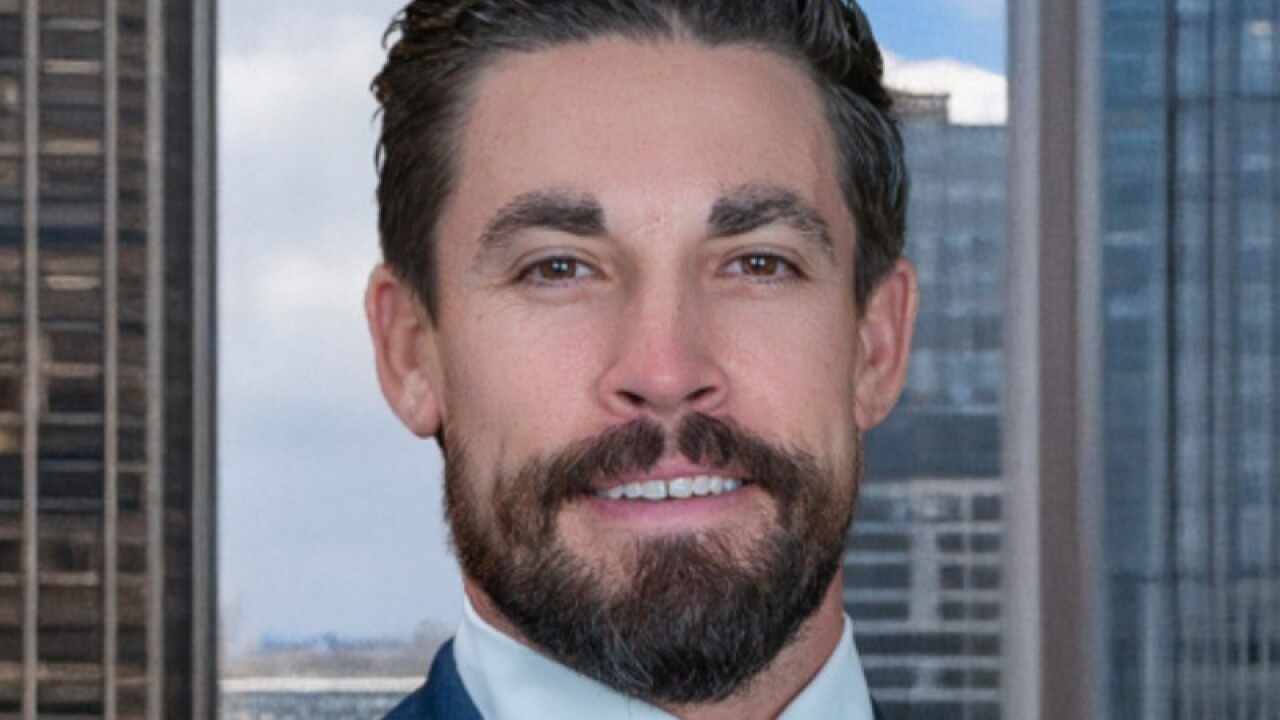This is the 23rd installment in a Financial Planning series by Chief Correspondent Tobias Salinger on how to build a successful RIA. See
Financial advisors who choose to turn away a potential client or
Startup registered investment advisory firms must
To consider whether to part ways with a difficult client, advisors and their teams should start by asking themselves whether this customer fits the firm, said Julie Genjac, a practice management coach to advisors who is the vice president of applied insights for
"Not to say that every client has to do that, but if that's also another 'no,' then you step back and say, 'Maybe this isn't a good fit for us,'" Genjac said. "This probably isn't a client that makes sense for us to work with in the long run. It becomes a reflective moment for that advisor or team."
Departing clients or departing problems?
Those discussions pay off over time. In a survey of practice management professionals conducted by research and consulting firm Cerulli Associates,
READ MORE:
On the other hand, RIAs may be turning more adept at refining their customer bases, even as other surveys suggest they're falling behind their organic growth goals. In 2024, more than 200 participating advisory firms reported that they got net growth of 2.1% in assets under management after losing 2% to client departures and gaining 4.1% in new relationships, according to a report earlier this year by consulting firm
Still, that net figure is "disappointing to most leaders and owners of advisory firms," given the goal of 10% organic growth that most of them stated in the poll, according to the report. And it's one of
"The state of the independent advisory industry in 2024 and 2025 can be described as 'prosperous stagnation,'" according to the report. "Advisory firms are very profitable but growing very slowly."
Nevertheless, many RIAs and other advisory practices send some prospective or existing customers elsewhere. The rise of digital asset allocation tools known as robo-advisors or other technology-fueled forms of investment advice will "continue to improve and ultimately disrupt a lot of businesses where advice is the main product," said Rob Edwards, managing director of Naples and Fort Lauderdale, Florida-based
Consumers may well get a fraction of the level of service from robots that they get from advisors, but they may deem the price too high for a full-bore wealth management relationship for their needs, he noted.
That cost is warranted for many consumers only "when there's more complexity or where the stakes are higher" for avoiding big mistakes, he said, citing liquidity events like a large inheritance or the purchase of a home. When clients fall outside of Edwards' target base, he sends them to other advisors that he would trust serving his own relatives.
READ MORE:
"I always want to at least continue them on their journey," he said. "I don't want to be a dead end for them. I don't ever think that 'no' is the right answer."
Be intentional and early
And more advisors are
"I'm trying to establish a comfort level that says, 'I am your person, you are my people,'" Harrison said. "You don't have to name your firm something specific to establish that comfort level. But I don't think you can be all things to all people, and you can go really, really deep in a niche. There are plenty of people. I don't have to work with people who are 65 because there are plenty of people who are 40 years old and want somebody who is willing to name their firm after a Biggie song, right? So you can find your space speaking very directly, very specifically, with your marketing, with your processes."
In that vein, advisors who decide to pull the plug on a client relationship must ensure that their tough conversation explains their rationale with a clear articulation of their value proposition and why that customer won't be as successful there as with another firm, Genjac said. Such considerations explain why it's important for RIA founders to think through their ideal clients and target number of clients as close to the launch of the firm as possible, she said.
"The sooner that these reflective moments can happen in the practice's lifecycle, the stronger the foundation is for the future," Genjac said. "It's much more difficult to make these changes or adjustments five or 10 years into the lifecycle than it is at the beginning, when the bricks are being laid in the foundation."





